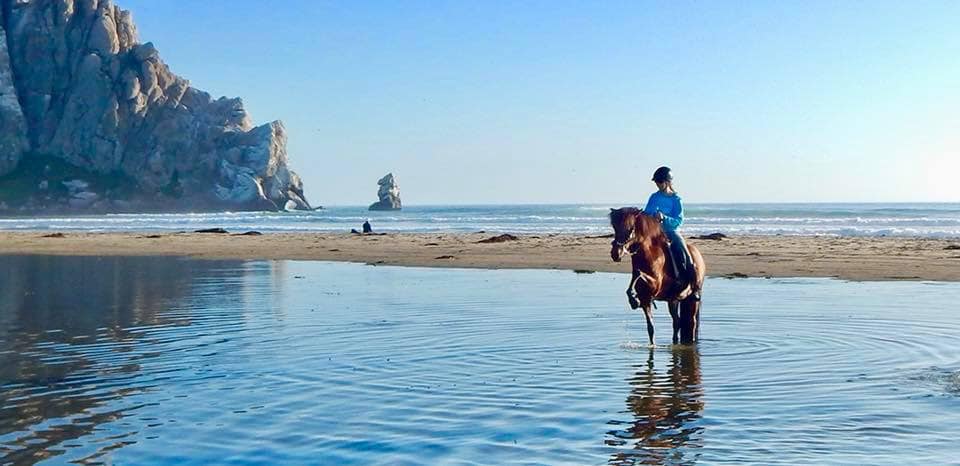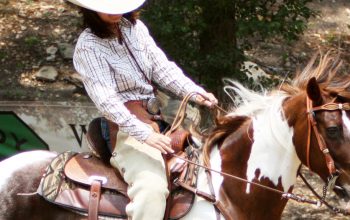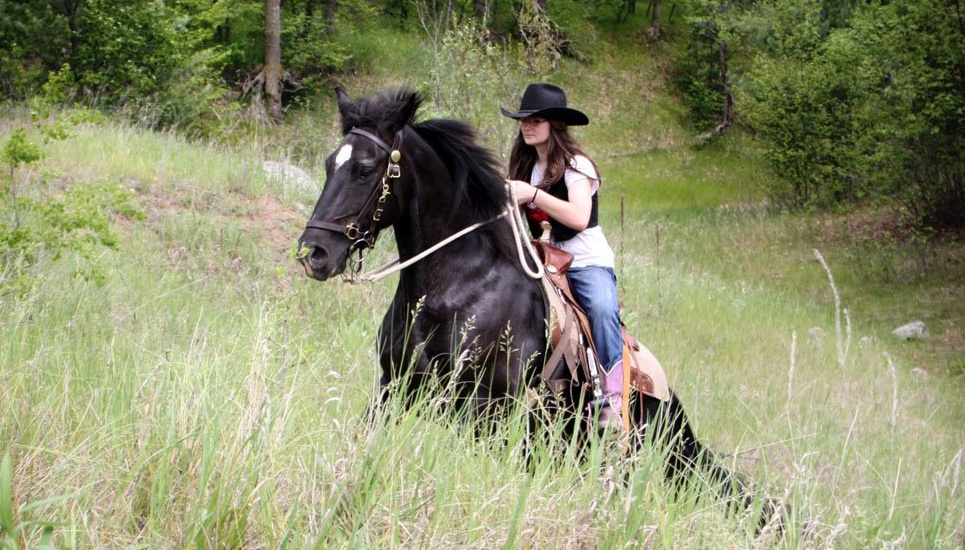
The Hornafjörður Horse
The following information and photos are from Hindisvík of Iceland, dedicated to preserving the Hornafjordur bloodlines. “We are very passionate about breeding and preserving the old bloodlines from Hindisvík and Hornafjörður, who we are both connected to and know well. It is also our belief that it will be good to have access to this bloodline later because the horses in Iceland are getting more and more related.”
 Like the name describes, the Hornafjörður horses are originated in the fjord of Hornafjörður (district: Austur-Skaftafellssýsla), South-East Iceland. In this article I will recap the story of the old Hornafjörður bloodline, including important breeding horses, individuals and the status of the bloodline today.
Like the name describes, the Hornafjörður horses are originated in the fjord of Hornafjörður (district: Austur-Skaftafellssýsla), South-East Iceland. In this article I will recap the story of the old Hornafjörður bloodline, including important breeding horses, individuals and the status of the bloodline today.
The origin of the Hornafjörður bloodline:
Hornafjörður is surrounded by high mountains, glaciers and glacial rivers. In the beginning of the 20th century (before the time of roads and vehicles) Hornafjörður was not an easy place to get to. Besides that the distances were great, the landscape did not make it easier. The waters on the way were known for their sudden changes of volume and could quickly change from little brooks to dangerous rivers. On those hard times it was essential to own a good horse that could get you from A to B. It could be a question of life or death, for an example if someone had to see the doctor.
The people in Austur-Skaftafellssýsla (the district that Hornafjörður belongs to) did soon realize that good breeding of horses was important. They started to control the breeding by banning the freedom of stallions that did not have the qualities of a good horse. (on that time it was usual that young stallions were running free in the herds and the breeding was not under control).
Desirable qualities were:
Soft horses with great stamina (because of the long distances). They had to be strong and able to carry heavy weight (for example supplies from the town). Very importantly they had to be good “waterhorses” (vatnahestar); being able to stride trough the heavy flows of water that were often in the rivers, without loosing their steps. It was a big credential if the horse was big. Then it was easier for it to cross deep rivers without having to swim.
The isolation of Hornafjörður also made sure that there was not much of new blood in the breeding. That led to the formation of an asseble breed with similar qualities, both regarding conformation and rideabilities. Adding to that, that there were not many horses on the area, inbreed was unavoidable. (Jódynur I)

Fimma, a promising five-gaited Hornafjörður-bloodline mare. Her father is our Skuggi frá Dynjanda and her mother is a Daughter of Gustur frá Grund.
“An important feature of the early breeding in A-Skaftafellssýsla was that most of the breeding mares had been trained and ridden. Therefore the breeding was built on more knowledge about each individual than was usual on that time. That led to more progress in the horse breeding than was known in other places.” (Jódynur I)
“The Hornafjörður blood spread fast through the stallions that were moved from Hornafjörður and used in other parts of Iceland. They marked the beginning of organized breeding of riding horses and had a very big influence on the breeding history in Iceland.” (Jódynur I)

3 year old Hornafjörður stallion, Ófeigur. He is named after his ancestor Ófeigur frá Hvanneyri, who you can find 6 times in his pedigree.
Descriptions of the bloodline:
The first judgement about the Hornafjörður bloodline that was written by an horse expert, was written in 1924 by Theódór Arnbjörnsson. The year before, in 1923, Theódór went to Hornafjörður to observe the horses.
“In Austur-Skaftafellssýsla the horses are handsome, especially in the region of Hornafjörður. The maturity of the horses that were shown had a very handsome face, fine and raised neck with a lightly built body. I noticed that most of the horses were not as mature as I wanted them to be, except those who had been fed well during the winter. The horses I liked the most were ancestors of Óða Rauðka frá Árnanesi. Her daughters daughter, Rauðka 134 frá Dilksnesi, that exceeded all the other horses. In my life I have never seen such a promising mare.”
Gargandi Snilld frá Dynjanda, a Hornafjörður mare
Gunnar Bjarnason described the features of the Hornafjörður horses in Búfjárfræði in 1961. He had then been a minister in horse breeding for 22 years and knew the bloodline well:
The horses mature fast and are big. They are fully grown in 3-5 years of age, if well taken care of. Usual size of an fully grown individual is 142-148 cm (measured with string), which is significantly over the national average.
The most common colors are black, bay and chestnut.

Kolbrá frá Miðfelli. An old Hornafjörður bloodline mare.
The character is stable with strong nerves so the horses are hardly frightened. The temperament is confident and often with a high spirit. They can be very eager to work which can make them difficult to restrain, even for the most experienced riders. Those horses are wise and know their way. They have much character and sometimes can have a high, but honest temper, without evilness and bucking. They are not afraid of humans and easy to halter in the fields.
Usually they are five gaited and the offspring of Skuggi 201, Nökkvi 260 and Svipur 385 have clear gaits, but it was known that Blakkur 129 offspring, that had both pace and trot, could cross between the gaits.

Fimma frá Dynjanda is a 3 year old Hornafjörður bloodline mare. She is the first offspring from our stallion Skuggi frá Dynjanda
The main disadvantages of the bloodline were that some of the horses were not finely built, and they were in lack on charisma when standing still. Their feet are strong but their joints can be a little bent. The hooves are amazingly good and durable, but the sole of the hoof can be a little low. Low hoof soles are an hereditary weakness that, in the future breeding should be tried to reduce. This flaw is specially prominent in the offspring of Skuggi 201 frá Bjarnanesi.
The croup is often wide but narrow. The necks are often thick with a convex lower neckline, but well raised and long.
The coat is often with coarse hairs, which does not protect the horses well enough in wet weather.
The Hornafjörður horses also can not well handle being underfed when they are growing up, because of their fast growth and development.
Source: www.hindisvik.com | www.facebook.com/hindisvik





